The early warning system of the Institute of Nuclear Science and Technology (INST) research group helps provide accurate data, supporting the control of radioactive incidents.
The system was presented by Mr. Nguyen Duc Tuan, representative of the research team, at a thematic reporting session on radiation measurement and environmental radiation early warning monitoring network in Vietnam, within the framework of the 15th National Nuclear Science and Technology Conference, taking place from August 9-11 in Nha Trang City.
Mr. Tuan said that the VinaERMS-INST system designed by him and his colleagues is placed in the national environmental radiation monitoring network (ERMS), can measure gamma dose rates and operate continuously outdoors.
With two main functions of measuring gamma dose rate and monitoring data, VinaERMS-INST helps improve the ability to give early warning of radioactive incidents, supporting management agencies in tracing the origin and forecasting the trend of radioactive spread locally.
The structure of VinaERMS-INST includes a set of energy-compensated detectors, which have a wide range of radiation dose rate measurement from natural background radiation levels to 1Sv/h. This data helps to indicate small changes in natural radiation levels and measure high dose rates, thereby providing early warning of radiation incidents. All radiation detectors and functional electronic blocks are housed in a protective case meeting IP-66 standards.
The system can operate independently and continuously outdoors without depending on the power grid, but only on solar energy and backup batteries.
Mr. Tuan said that to access and control the system, users only need to use a smart device such as a computer, tablet or mobile phone with an Internet connection.
With the data monitoring function, real-time measurement data on the system will be stored in the SD card and displayed on the LED or liquid crystal screen. IoT (Internet of things) technology is applied to record data transmitted from the monitoring station via GSM/wifi/4G/3G/GPRS network and stored on the cloud server, as well as transmitting information to users from the control center.
The model can also be equipped with weather sensors such as temperature, humidity, atmospheric pressure and rainfall, to provide the user with information on the relationship between the recorded environmental radiation dose rate and weather data in the measurement area.
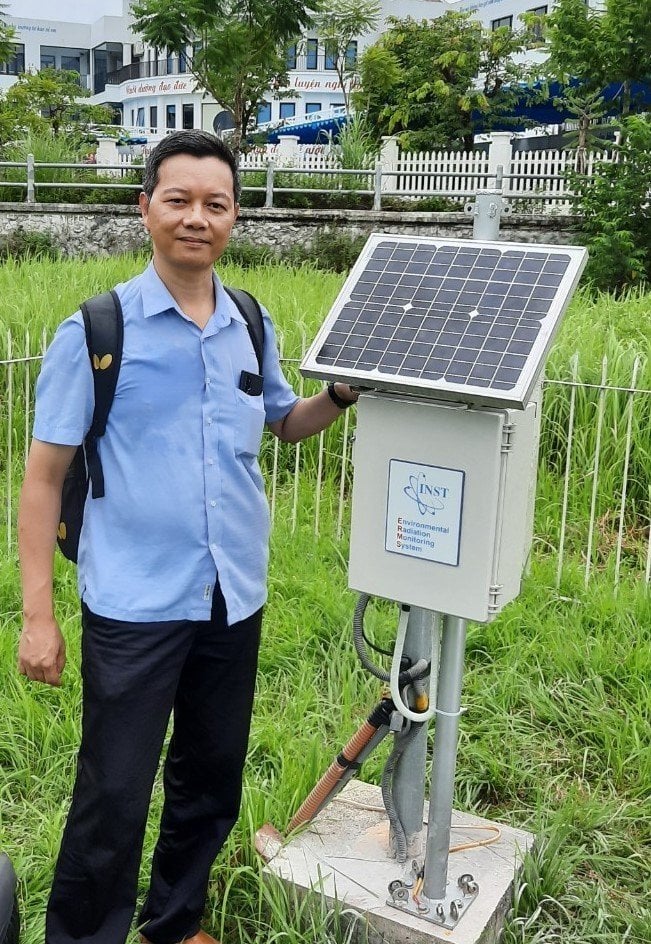
VinaERMS-INST system installed at Mai Pha meteorological station, Lang Son in July 2022. Photo: Research team
According to the research team, VinaERMS-INST provides radiation dose values at monitoring points with high accuracy. The system is domestically manufactured, so it can be proactive in operating, maintaining, and repairing the national environmental radiation monitoring network. The price is only 2/3 compared to imported systems with the same functions.
From funding sources of equipment enhancement projects, through research topics and sponsorship from Korea, Japan... INST currently installs 12 ERMS systems in a number of provinces and cities in Vietnam. Of which, there are 7 Fuji systems (Japan) in Lang Son, Hai Phong, Mong Cai, Bai Chay, Lao Cai, Cao Bang, Nghe An and 5 Sara systems (Envinet, Germany) in Son La, Da Nang, Hanoi and Bach Long Vi island.
Mr. Tuan said that in the near future, the research team will upgrade the device to include the ability to record radiation spectrum instead of just intensity, so that it can detect artificial isotopes in the environment. The system is also expected to be integrated with the collection of meteorological data from sensors such as temperature, humidity, atmospheric pressure and rainfall to observe environmental fluctuations.
Bich Thao
Source link



![[Photo] General Secretary To Lam attends the 80th anniversary of Vietnam's diplomacy](https://vstatic.vietnam.vn/vietnam/resource/IMAGE/2025/8/25/3dc715efdbf74937b6fe8072bac5cb30)









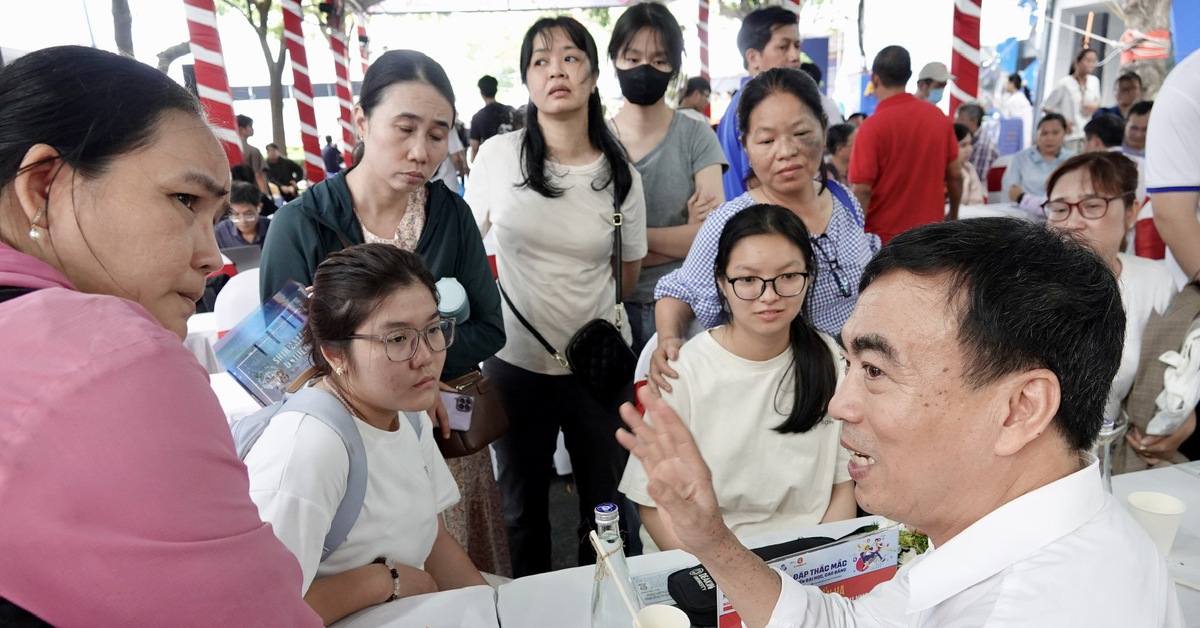




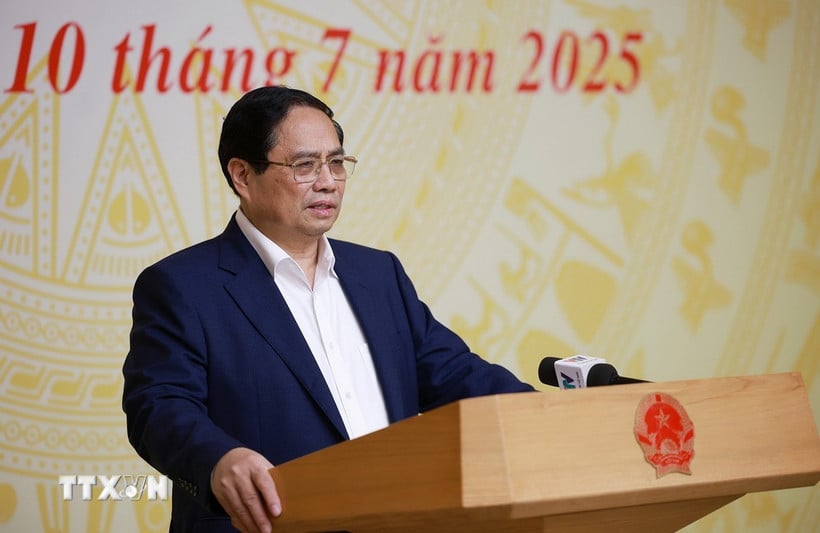

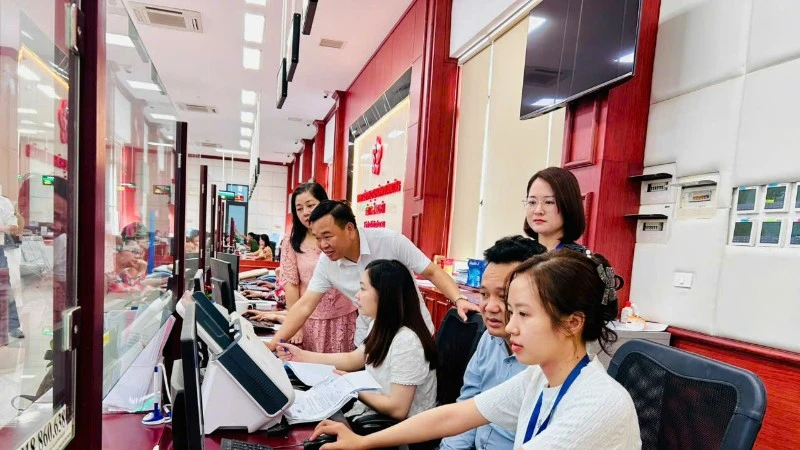



















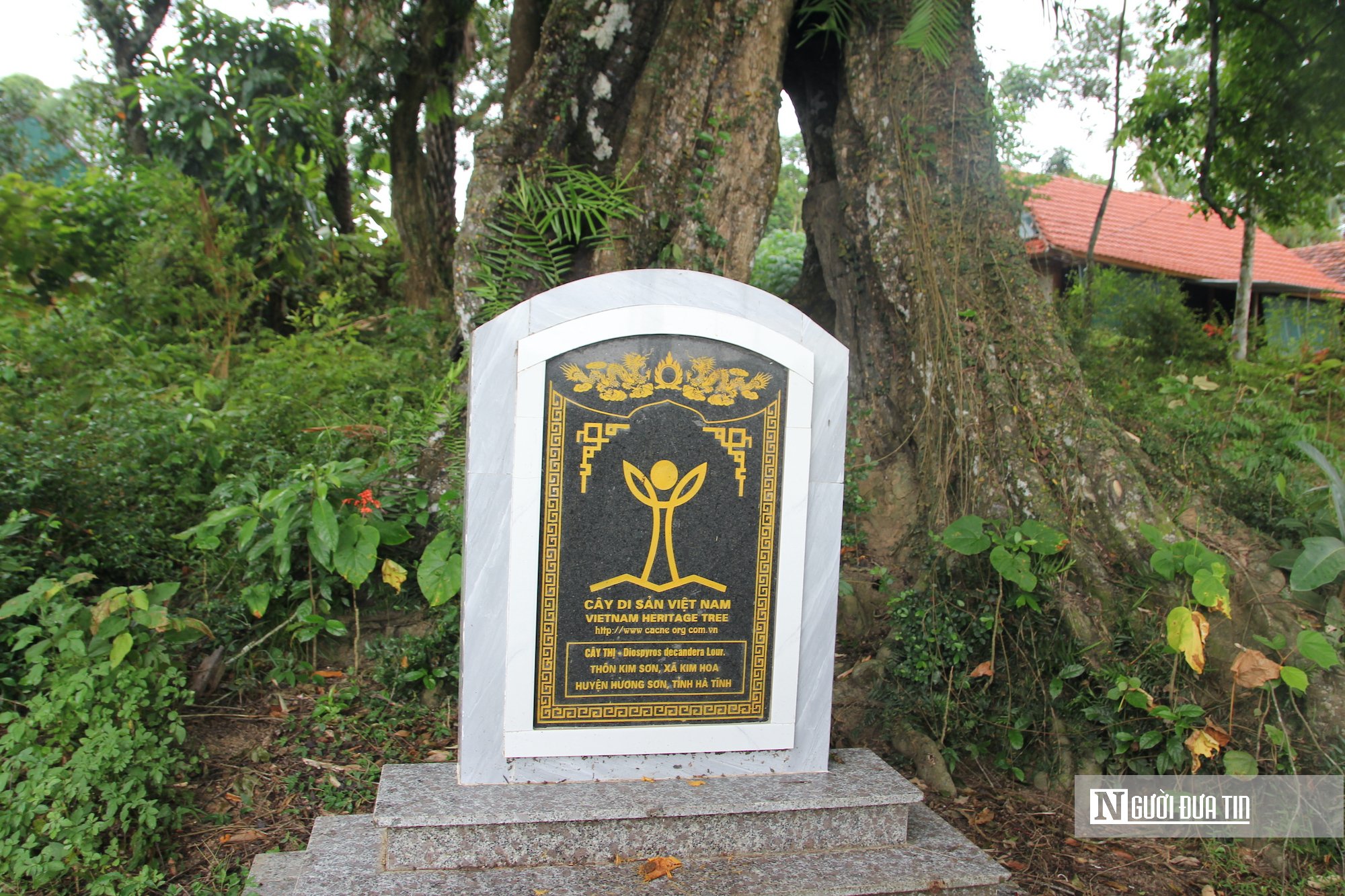





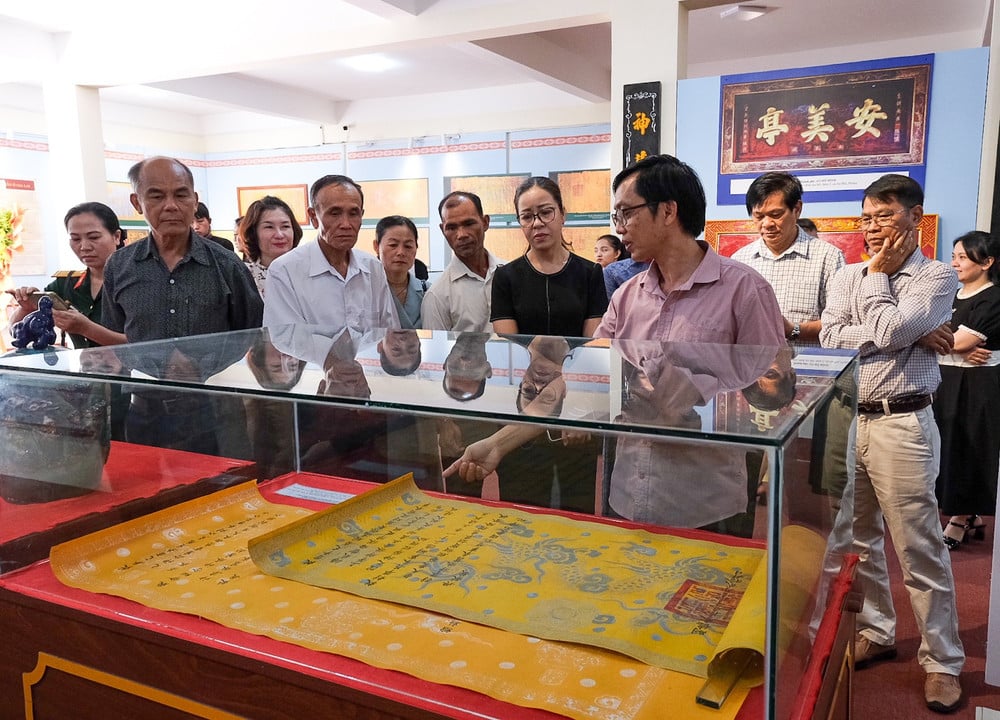









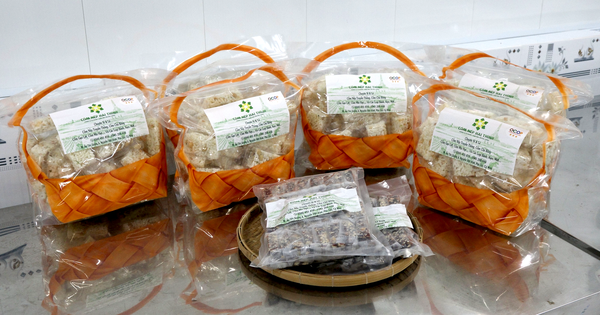




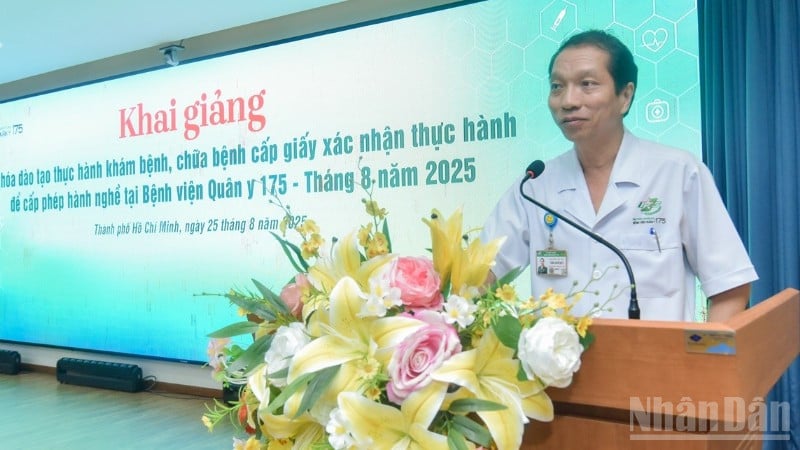






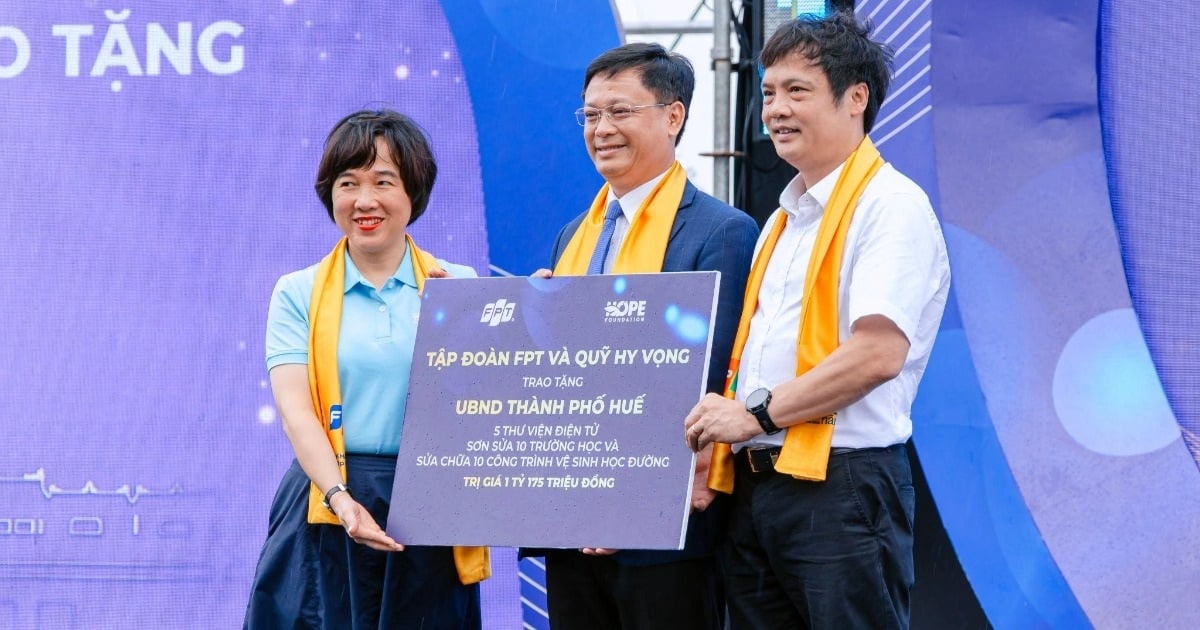




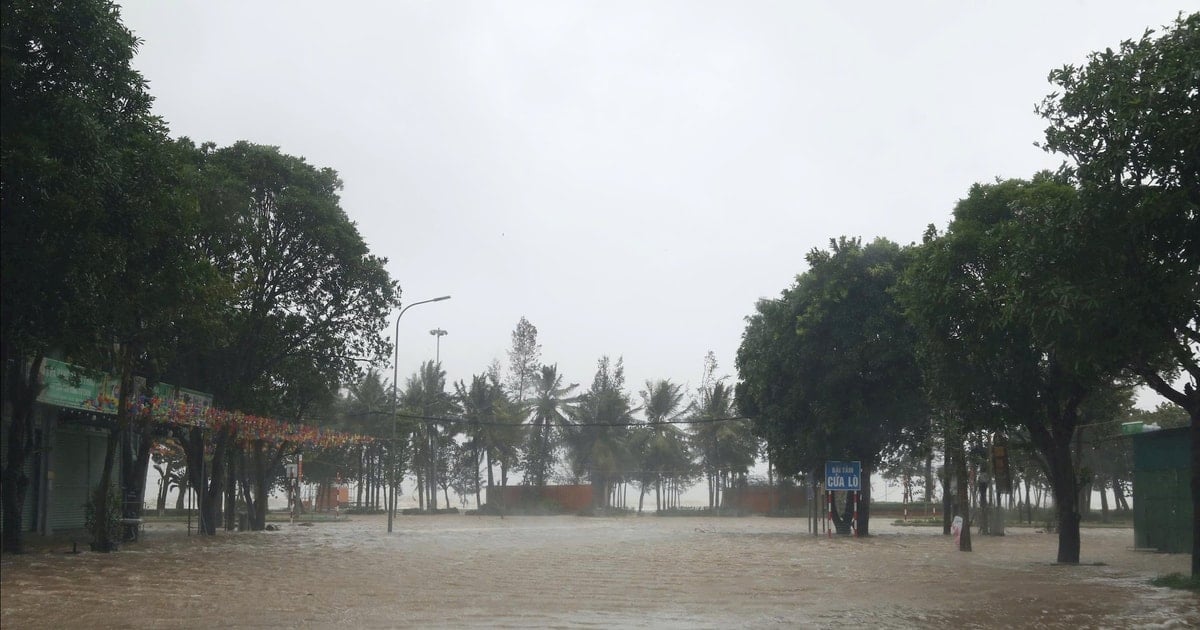



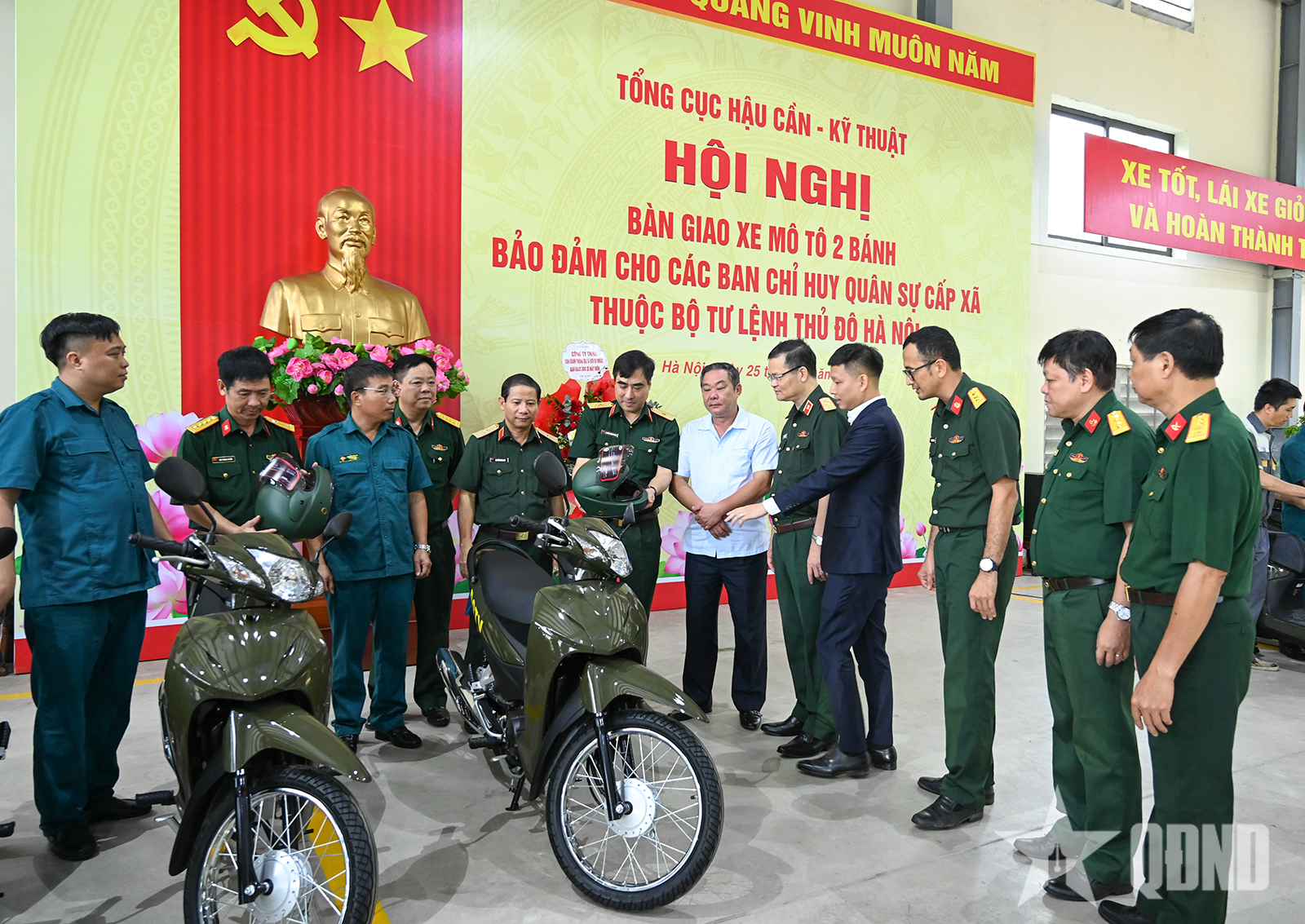
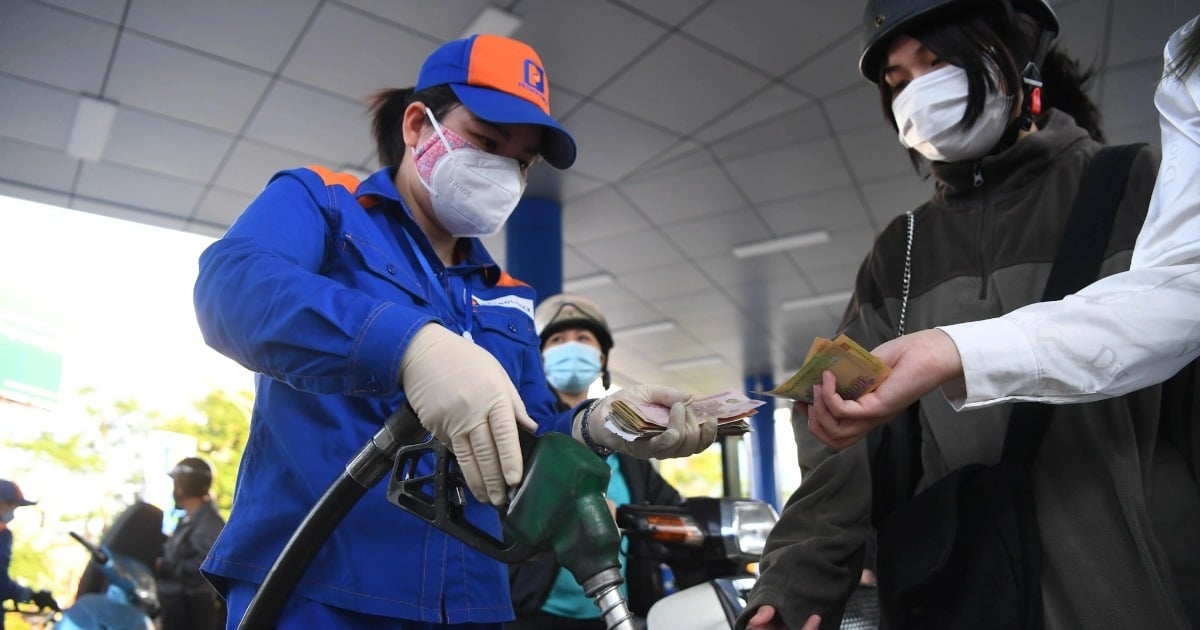






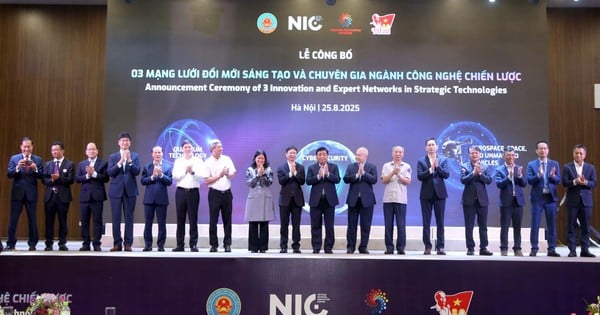

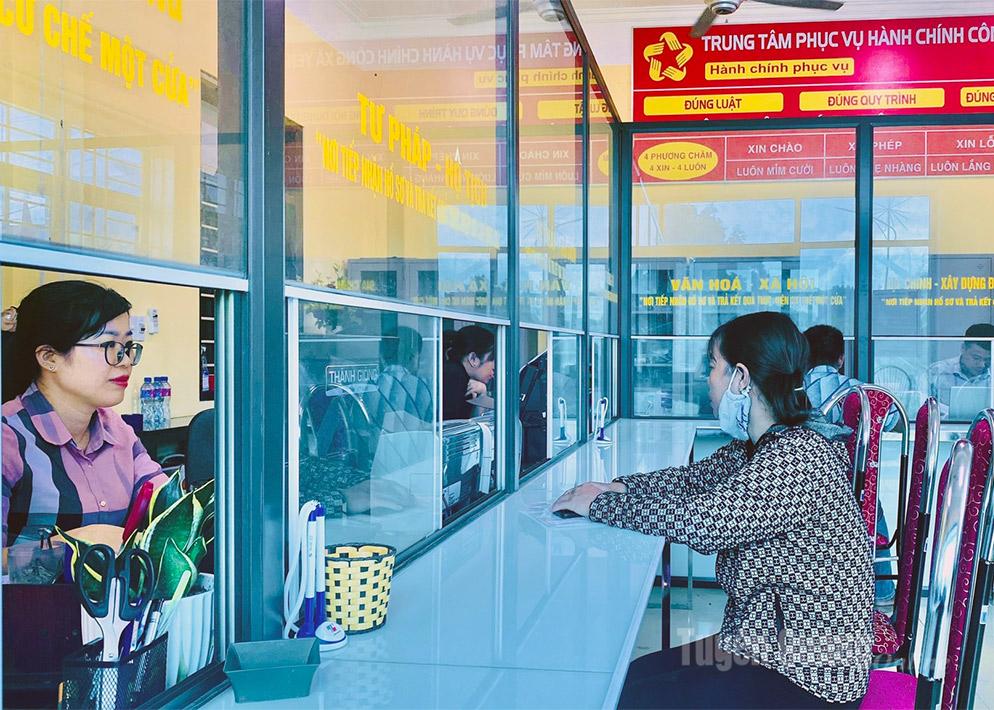

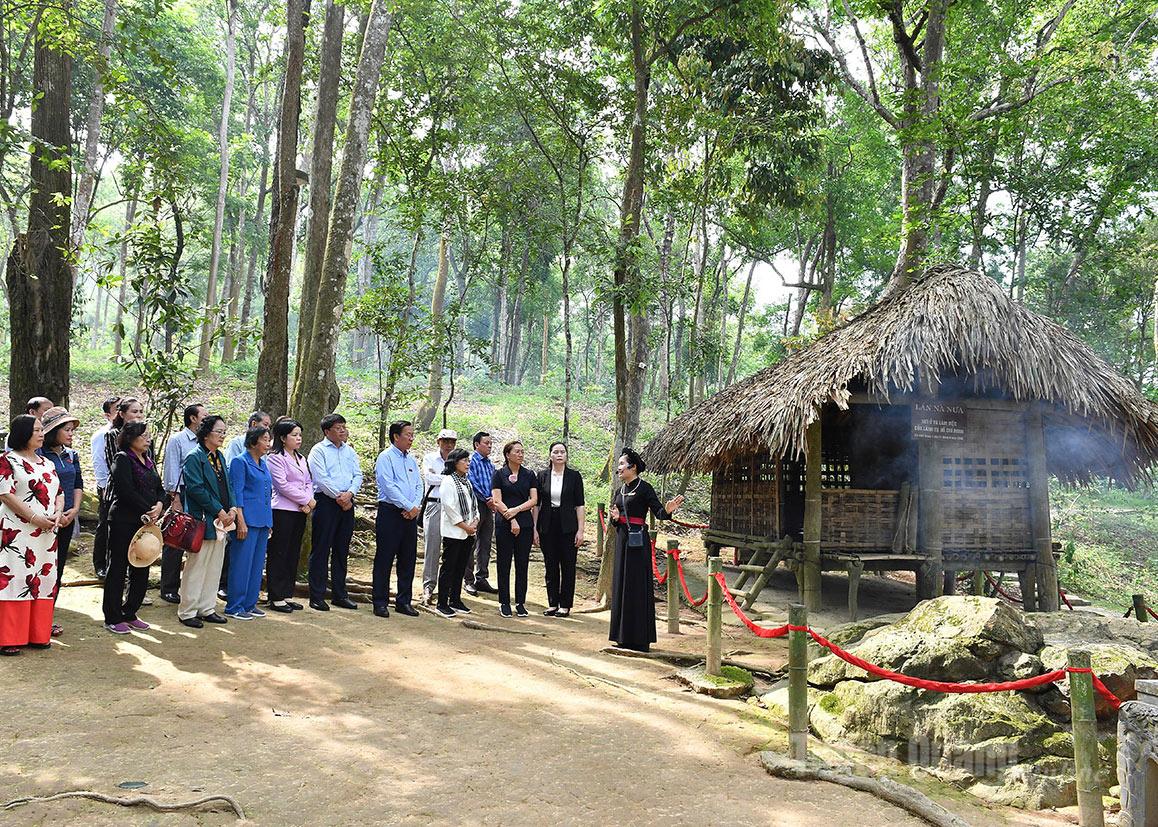
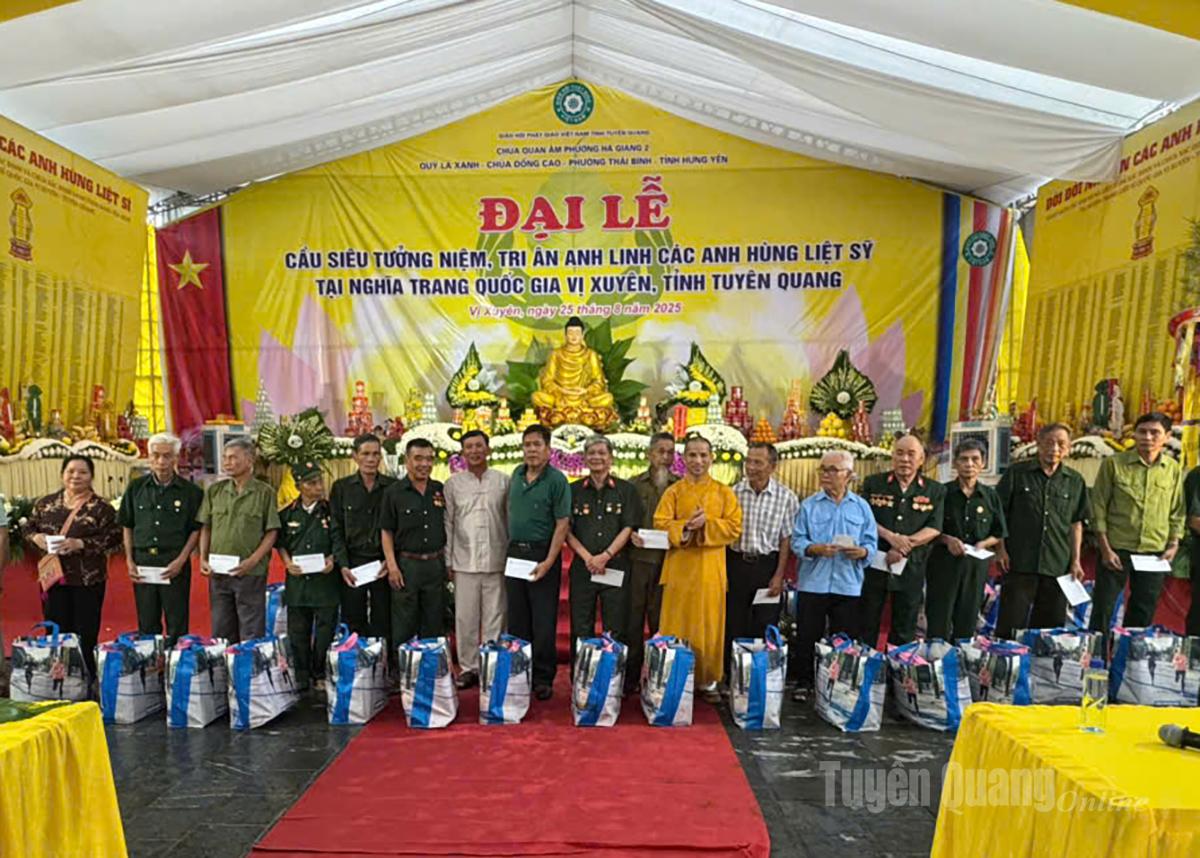


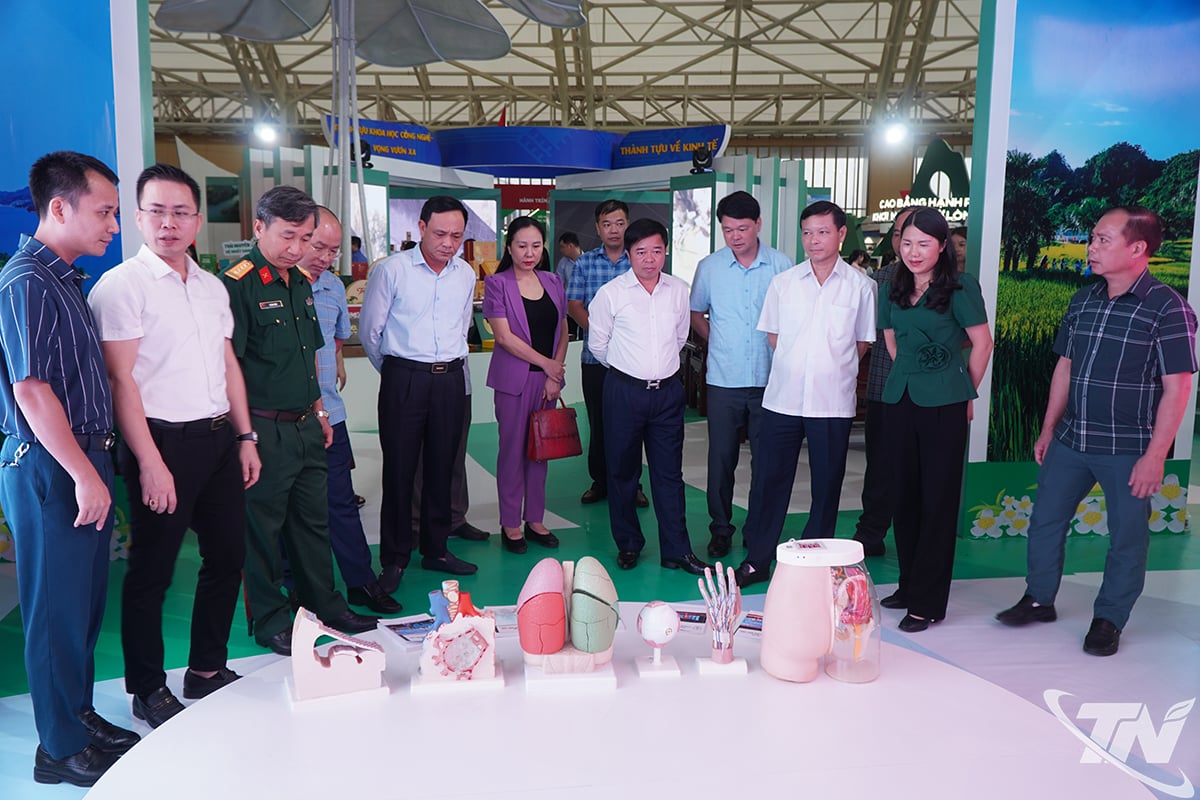








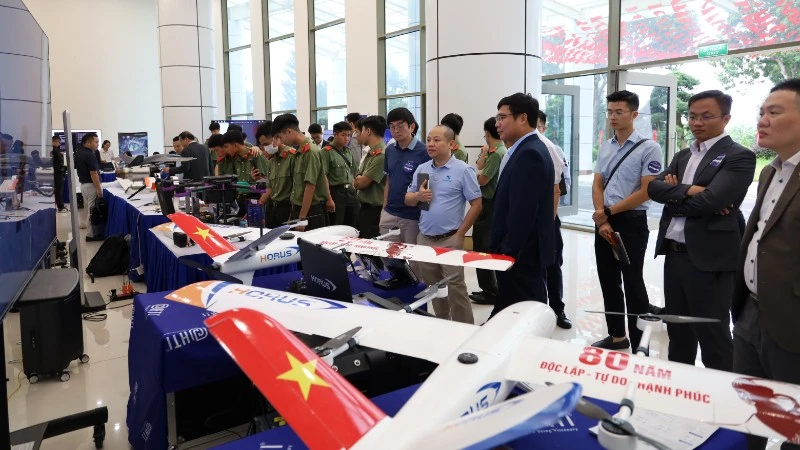
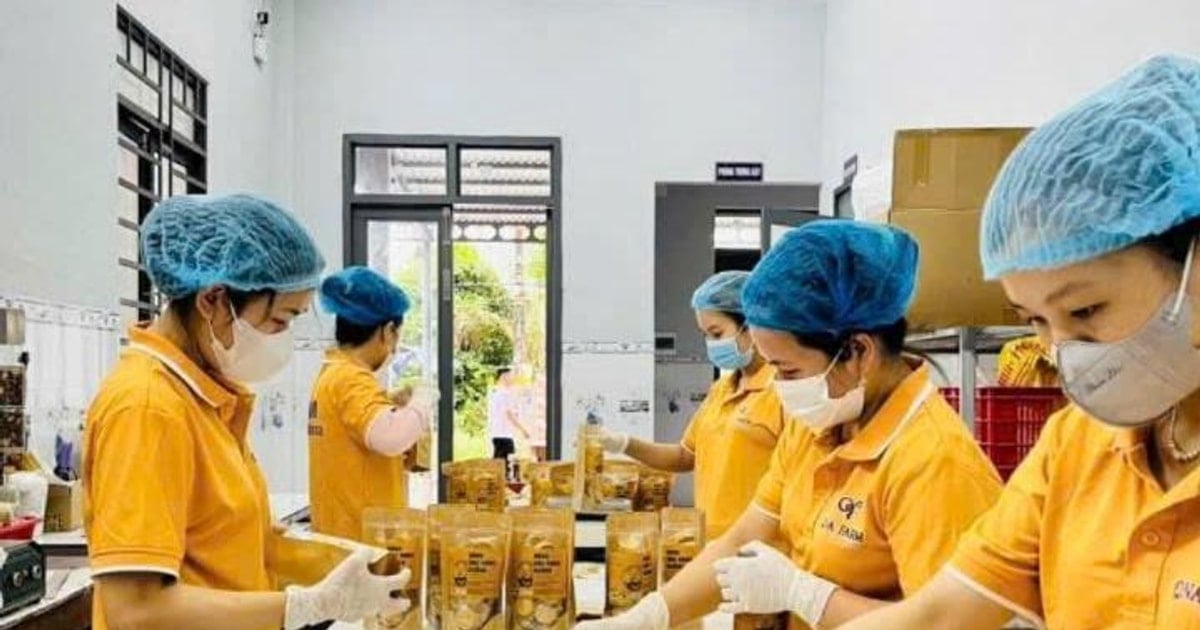

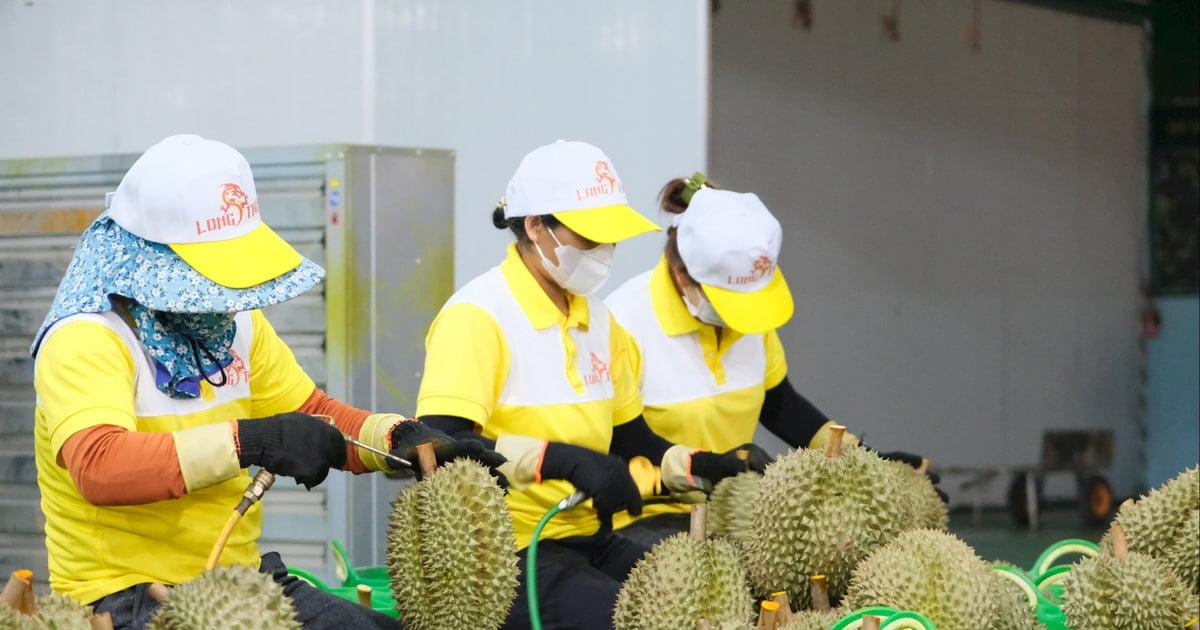






Comment (0)